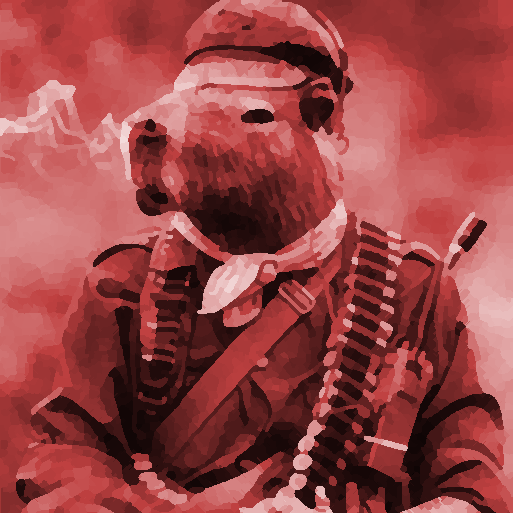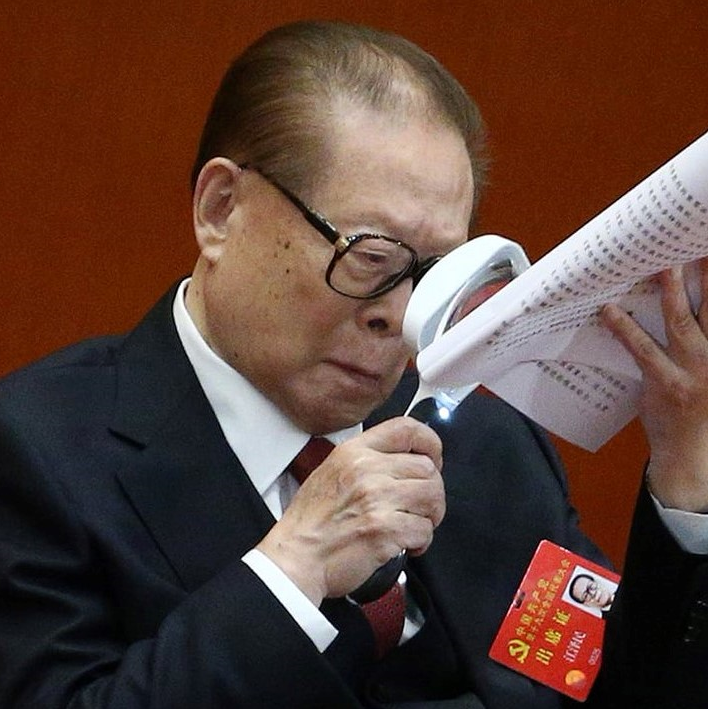This time we’re reading the rest of chapter 3 of Capital Volume 1. Participation welcome at any time, not just on the weekend of week 8, either in this thread or in our Matrix room (see this post for instructions on how to join)
You must log in or register to comment.
Reposting some questions from last week, up until the end of section 2A:
- What causes a general rise in the price of a commodity?
- Does money have value?
- Describe the process of exchange of commodities.
Some questions for the rest of section 2:
- For commodity-backed currencies, how can the value “of” (realized by) money fall?
- What happens to commodity prices when the value “of” money falls?
- Of which two types of exchange/metamorphosis does the process of circulation consist, and how does one affect the other?
- What factors determine the total sum of money in use as the circulating medium during a given period of time?
- List some important combinations of these factors and how they affect the sum of money in circulation.
- What is the primary cause of a long-term increase in the sum of money in circulation?
Final questions for this chapter:
- For non-fiat currencies, what is money?
- What is one of the main historical reasons for a currency to use coins of different materials?
- What is made blatant by the use of near-valueless objects (e.g. paper notes) as money?
- Give some examples of why capitalists hoard money.
- What does Marx mean when describing money as a “means of payment”?
- For non-fiat currencies, what form does money take for international trade?

